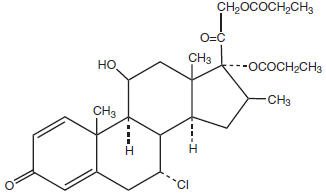Alclometasone Ointment
Generic name: alclometasone dipropionate
Dosage form: ointment
Drug class:Topical steroids
Medically reviewed by Drugs.com. Last updated on Jan 24, 2022.
On This Page
For Dermatologic Use Only - - Not for Ophthalmic Use.
Rx Only
Alclometasone Ointment Description
Alclometasone Dipropionate Ointment USP, 0.05% contains alclometasone dipropionate (7α-chloro-11β,17,21-trihydroxy-16α-methylpregna-1,4-diene-3,20-dione 17,21-dipropionate), a synthetic corticosteroid for topical dermatologic use. The corticosteroids constitute a class of primarily synthetic steroids used topically as anti-inflammatory and antipruritic agents.
Chemically, alclometasone dipropionate is C28H37ClO7. It has the following structural formula:

Alclometasone dipropionate has the molecular weight of 521. It is a white powder, insoluble in water, slightly soluble in propylene glycol, and moderately soluble in hexylene glycol.
Each gram of alclometasone dipropionate ointment contains 0.5 mg of alclometasone dipropionate in an ointment base of hexylene glycol, propylene glycol stearate, white petrolatum and white wax.
Alclometasone Ointment - Clinical Pharmacology
Like other topical corticosteroids, alclometasone dipropionate has anti-inflammatory, antipruritic, and vasoconstrictive properties. The mechanism of the anti-inflammatory activity of the topical steroids, in general, is unclear. However, corticosteroids are thought to act by the induction of phospholipase A2 inhibitory proteins, collectively called lipocortins. It is postulated that these proteins control the biosynthesis of potent mediators of inflammation such as prostaglandins and leukotrienes by inhibiting the release of their common precursor, arachidonic acid. Arachidonic acid is released from membrane phospholipids by phospholipase A2.
Pharmacokinetics
The extent of percutaneous absorption of topical corticosteroids is determined by many factors, including the vehicle and the integrity of the epidermal barrier. Occlusive dressings with hydrocortisone for up to 24 hours have not been demonstrated to increase penetration; however, occlusion of hydrocortisone for 96 hours markedly enhances penetration. Topical corticosteroids can be absorbed from normal intact skin....



